Emerging Wine Regions: Investing in Africa

Africa’s New Wine Frontier
For generations, Europe has set the benchmark in global viticulture. Regions like Bordeaux, Tuscany, and La Rioja have dominated the narrative.
Yet as climate patterns shift, production costs rise, and new agricultural zones open, Africa is emerging as the wine industry’s next serious contender.
For European investors tracking investment in wine production, this is not a future bet it’s a present opportunity.
Notable African wine labels now gaining ground include:
- Kenya – Morendat Reserve Rosé: A dry, high-altitude rosé gaining domestic and international traction.
- Ghana – GWC Reserve Red by G.I.V.E.R. Vineyards: Developed for a growing pan-African wine market.
- Ethiopia – Acacia White Blend: A floral white wine crafted by Castel Group, entering upscale outlets.
A Strategic Opening for European Investors
While rosé attracts initial attention, producers are strategically expanding into red and white varietals to align with both local and export market dynamics.
With significantly lower land and startup costs than Europe, Africa’s emerging wine regions align directly with global wine industry trends and scalable investment models.
This article is Part 2 of our series Emerging Wine Regions.
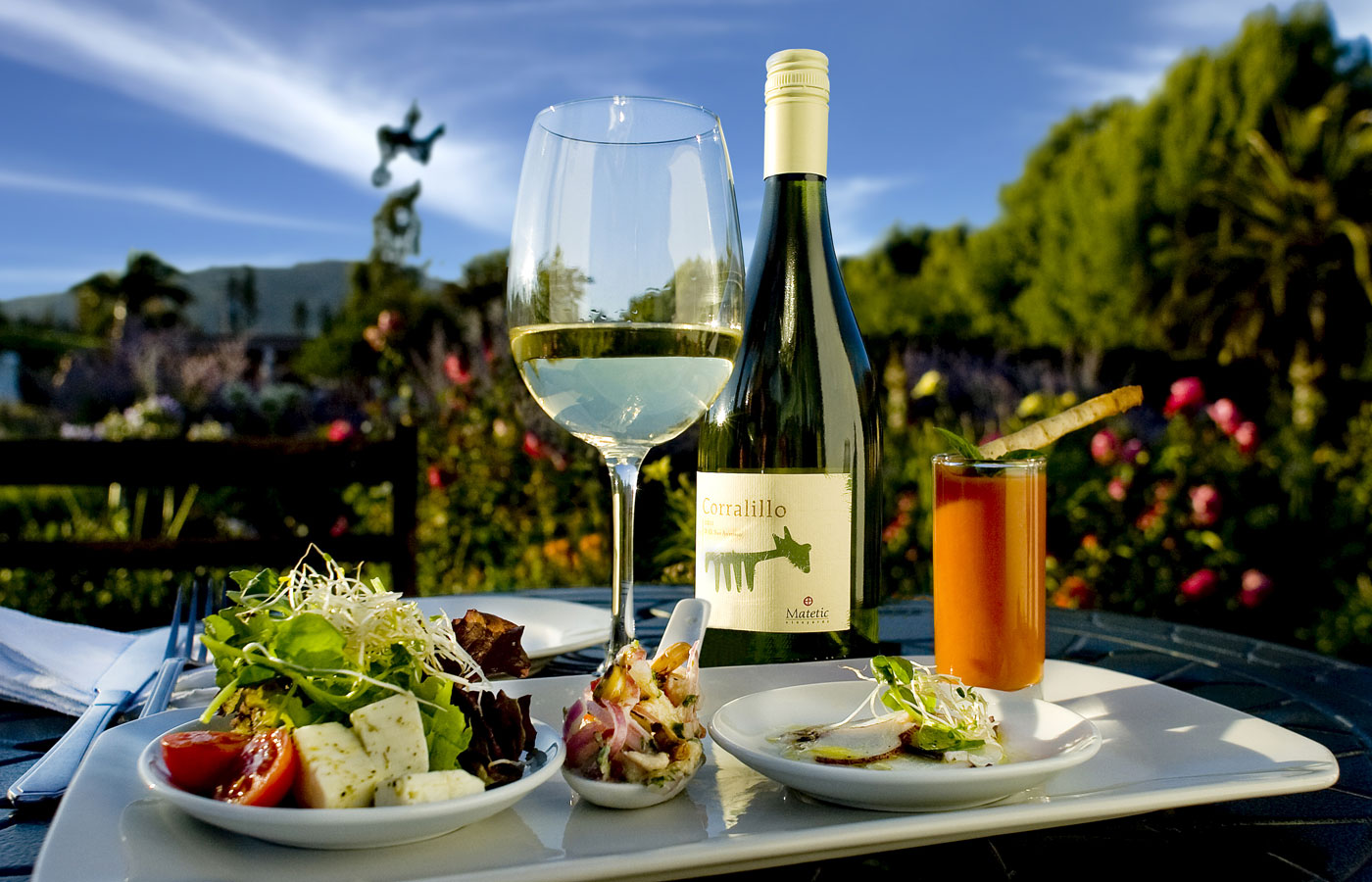
If you haven’t read Part 1 — Africa and Latin America’s Next Investment Frontier, we recommend starting there for foundational insights into global viticulture shifts.
Next in this series: Emerging Wine Regions: Investing in Latin America.
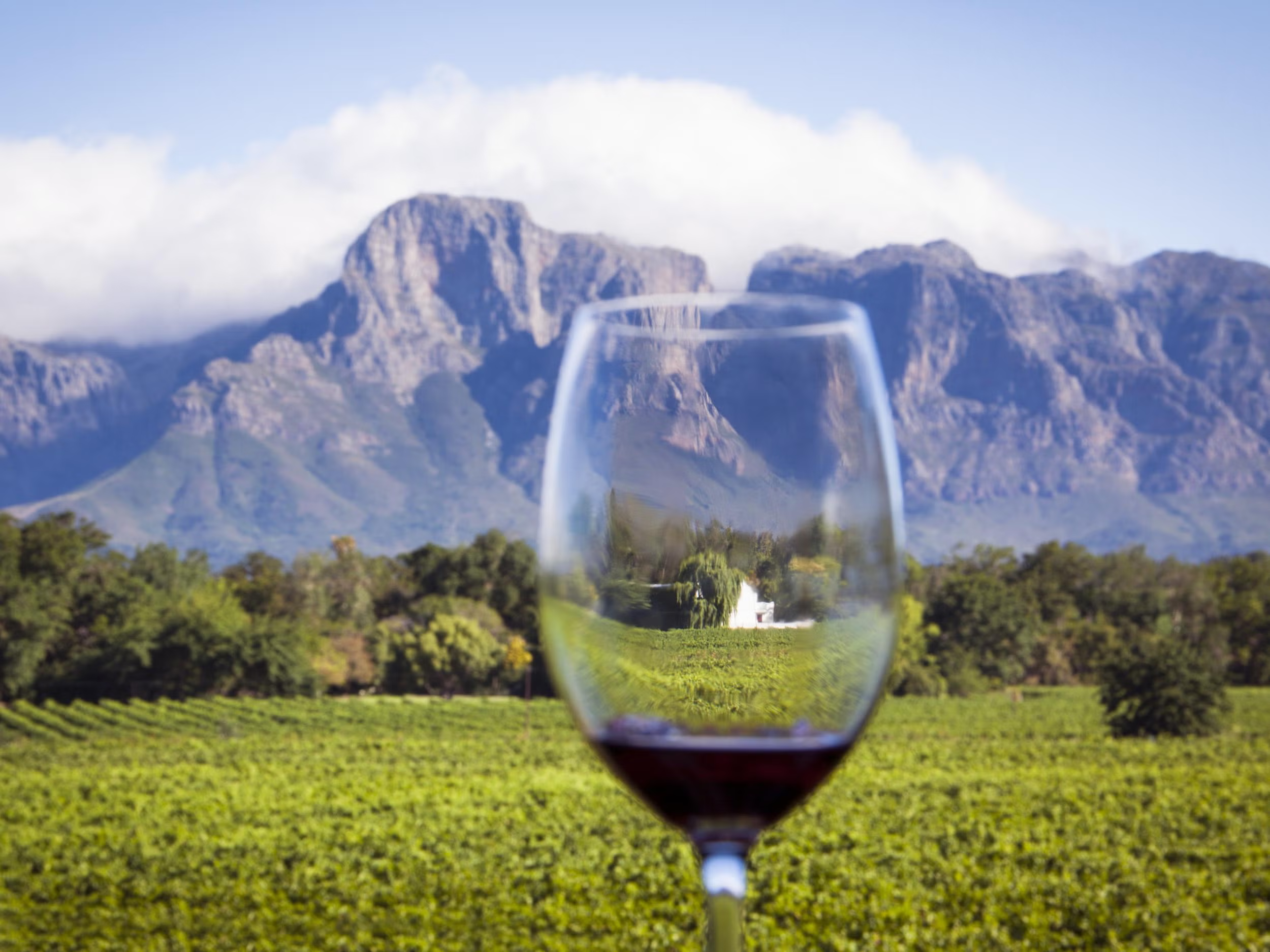
With producers like Morendat and Rift Valley Wines gaining visibility, Kenya stands as a viable entry point into African viticulture.
For those tracking global wine industry trends or seeking the next investment frontier, Kenya presents a high-upside, early-mover market with growing international reach.
Kenya
East Africa’s Emerging Viticulture Gateway
Among Africa’s most promising new wine markets, Kenya is rapidly positioning itself as a strategic node for investment in wine production.
With volcanic soils and high altitudes across the Great Rift Valley, regions like Naivasha and Nakuru now support quality viticulture at a fraction of European land costs typically between €8,000–€15,000 per hectare.
Setup for a boutique operation remains accessible, ranging from €62,000–€90,000.
Backed by annual wine production growth of 15% since 2018 (Kenyan Ministry of Agriculture, 2024), the sector is reinforced by targeted government reforms:
- 20% capital investment tax deductions
- Accelerated export clearance via Mombasa and Lamu
- No local ownership mandates for vineyard ventures
Kenya’s English-speaking legal and regulatory ecosystem offers a critical advantage over other non-Anglophone emerging wine regions.
Contracts, licensing, and trade negotiations remain straightforward for European investors.
The country is already exporting to South Africa, the UAE, and select European specialty retailers a sign of growing market acceptance.
Ethiopia
Africa’s High-Altitude Wine Advantage
Often overlooked in discussions of emerging wine regions, Ethiopia is quietly establishing itself as a premium viticulture zone — thanks to its volcanic soils, elevations reaching 1,700 meters, and increasingly favorable investment landscape.
From 2015 to 2023, Ethiopian wine production grew by 18% annually (FAOSTAT, 2024). Flagship producer Castel Winery has pioneered the sector, combining European winemaking techniques with Ethiopian terroir. Wines like Acacia White Blend now hold shelf space across East Africa and are entering niche European markets.
For European investors evaluating investment in wine production, Ethiopia presents several tactical advantages:
- Duty-free access to EU markets via the Everything But Arms (EBA) agreement
- Organic-friendly climate, reducing pesticide costs and aligning with premium segment trends
- Land availability near Ziway at €10,000–€14,000 per hectare
- Setup costs between €60,000–€85,000 for mid-sized boutique vineyards
While Amharic is the national language, English remains dominant in trade and administration, keeping operational complexity low for foreign investors.
As Ethiopia’s middle class expands and local demand for quality wine increases, its wine market is transitioning from niche to investable.
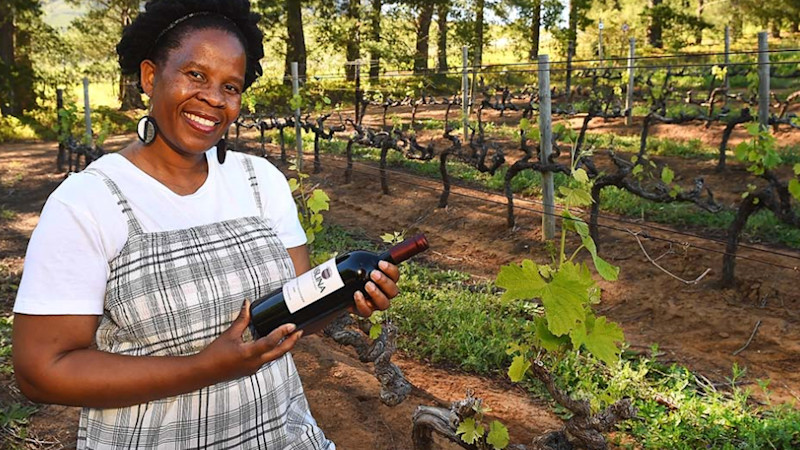
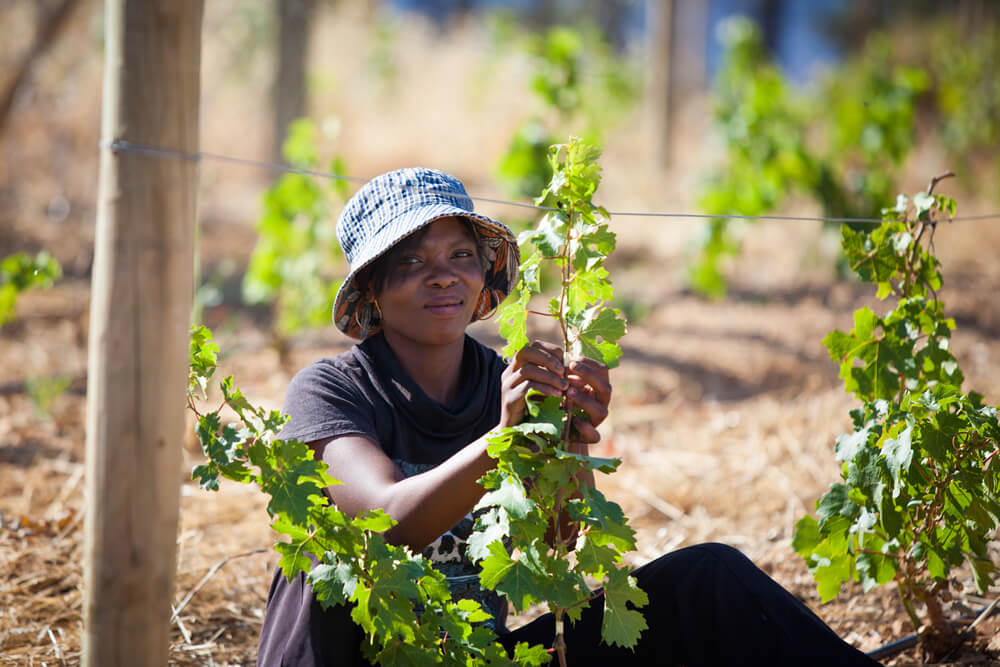
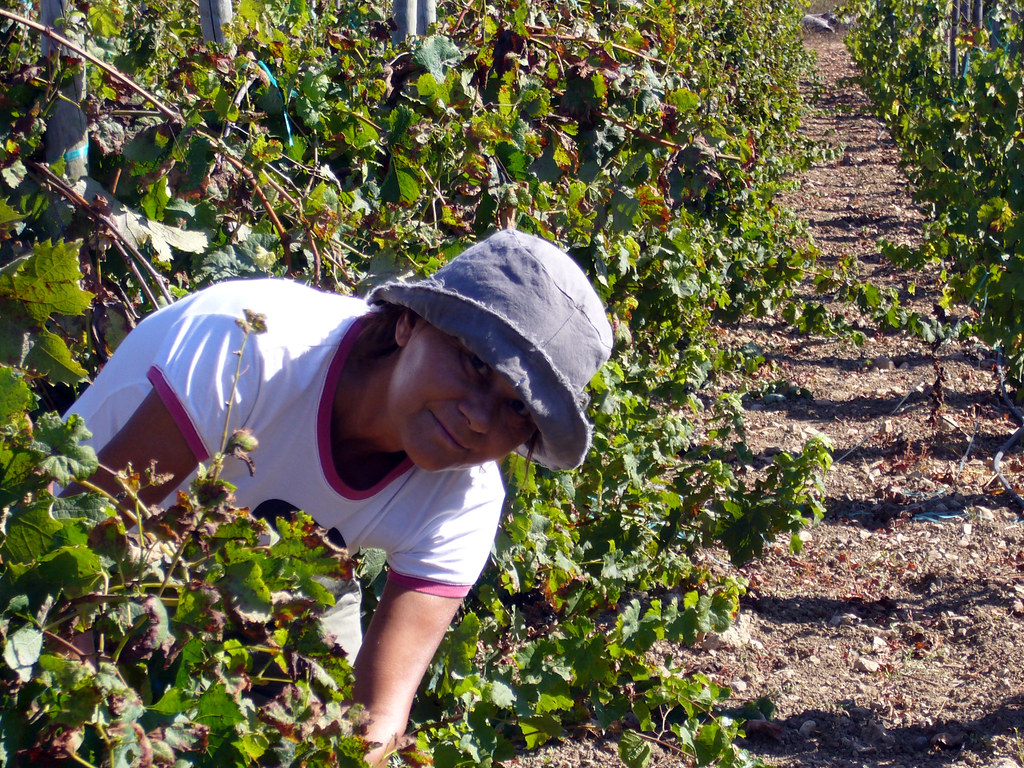
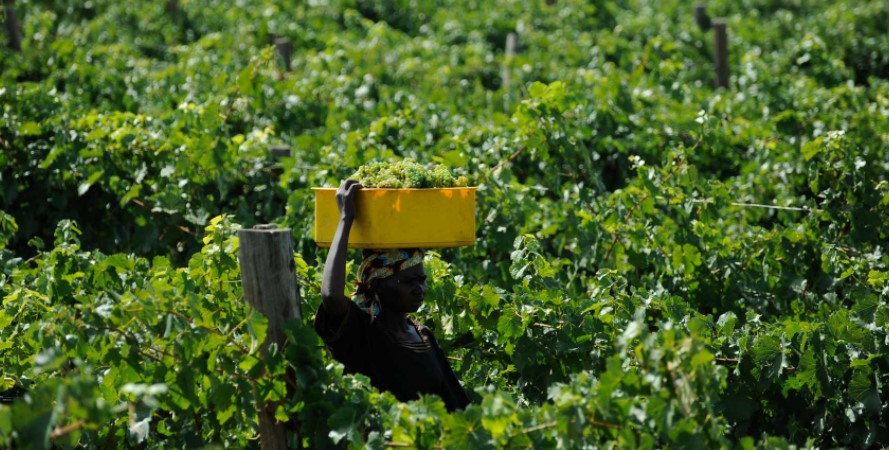
Ghana: Africa’s First-Mover Advantage in Viticulture

Among Africa’s emerging wine regions, Ghana stands out as a strategic first-mover opportunity. While traditionally outside the global wine narrative, the country’s Volta and Eastern regions offer untapped climatic conditions for quality grape cultivation, with startup and land costs significantly below continental averages.
Domestic demand for premium alcoholic beverages is growing by 9–11% annually (Ghana Ministry of Agriculture, 2024), providing a stable internal market for early-stage investors. Local brands like GWC Reserve Red are already blending traditional methods with modern viticulture, validating proof of concept.
Key investment incentives include:
- Up to 30% in government-backed agricultural grants
- EU market access under the Economic Partnership Agreement, enabling low-tariff exports
- Start-up costs between €55,000–€80,000, depending on scale
- Land prices in areas like Aburi and Ho at €6,500–€10,000 per hectare
- English-language regulatory infrastructure, simplifying setup for European stakeholders
Ghana offers more than cost advantages. It presents a clean slate for brand-building a rare chance to define market identity in an innovation-friendly environment.
For investors aligned with global wine industry trends, new wine markets, and sustainable agri-ventures, Ghana viticulture is positioned to become a long-term growth segment within Africa’s next investment frontier.

Beyond Borders
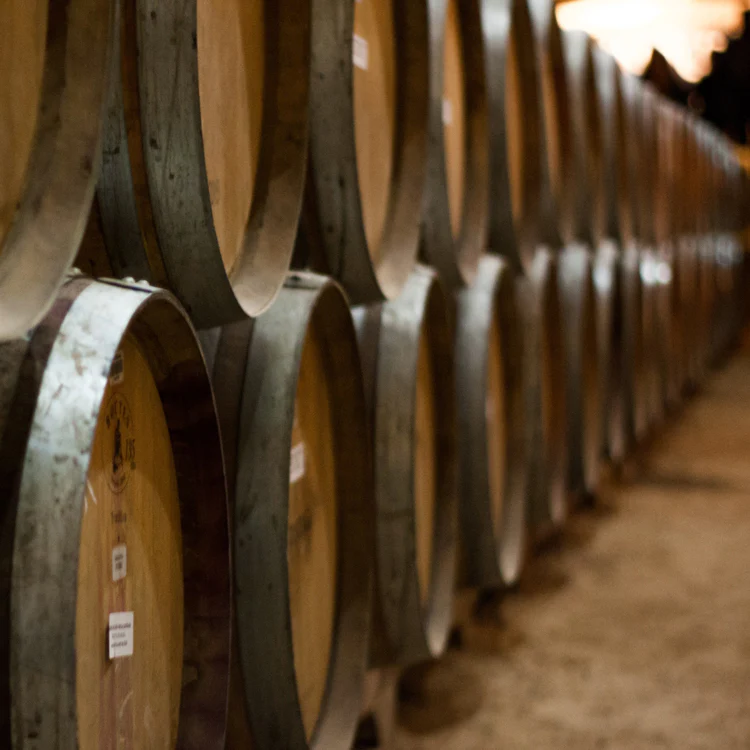
Beyond Borders: Conclusion
Each market differs in maturity and complexity, yet all share one trait: the capacity to outperform legacy assumptions.
For investors seeking long-term positioning within the global wine industry, Africa is no longer a wildcard. It’s becoming a framework.
Next: Emerging Wine Regions: Investing in Latin America, where high-altitude vineyards in Chile, Argentina, and beyond are challenging the European stronghold on premium wine production.
Start your market entry assessment
Tailored insights for agricultural and viticulture investments across Africa’s emerging wine regions.
What Africa’s Wine Regions Reveal
In Part 1 of the Emerging Wine Regions series, we explored how Africa and Latin America are reshaping global viticulture dynamics — not through scale alone, but through timing, terrain, and trade alignment.
This second chapter focused on Africa’s investment-ready wine frontiers:
- Kenya offers structure, altitude, and investor-friendly regulation.
- Ethiopia brings organic potential, high elevation terroirs, and EU trade access.
- Ghana provides first-mover advantage and cost-efficient brand-building grounds.
Sources
- OIV (International Organisation of Vine and Wine): https://www.oiv.int/public/medias/9457/oiv-annual-report-on-the-world-viticultural-sector-2023.pdf
- FurtherAfrica – Kenya: https://furtherafrica.com/2023/03/04/africas-top-6-wine-producing-countries/
- FAOSTAT – Ethiopia and Ghana: https://www.fao.org/faostat/en/#data/TM
- GhanaWeb – G.I.V.E.R.: https://www.ghanaweb.com/GhanaHomePage/business/G-I-V-E-R-talks-pan-African-vine-and-wine-industry-movement-to-Oral-Ofori-1877717
- Kenyan Ministry of Agriculture (2024): https://kilimo.go.ke/
- Castel Winery – Ethiopia: https://www.castel-afrique.com/en/castel-winery-ethiopia/
- EU EPA Agreement Overview: https://policy.trade.ec.europa.eu/eu-trade-relationships-country-and-region/africa/economic-partnership-agreements_en
- FAO – Social Impact of Agricultural Investment: https://www.fao.org/publications/sofa/2023/en/
0 Comments